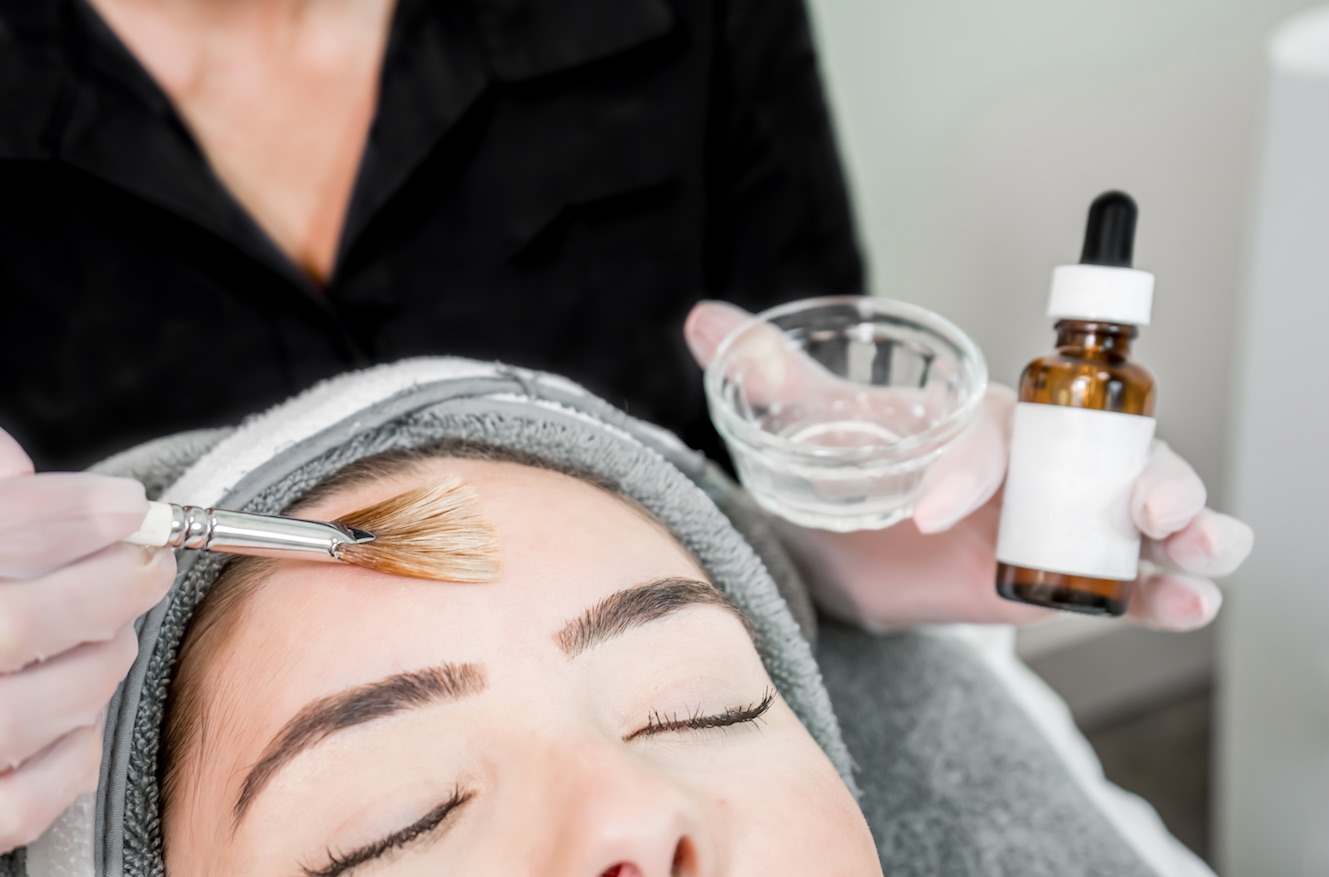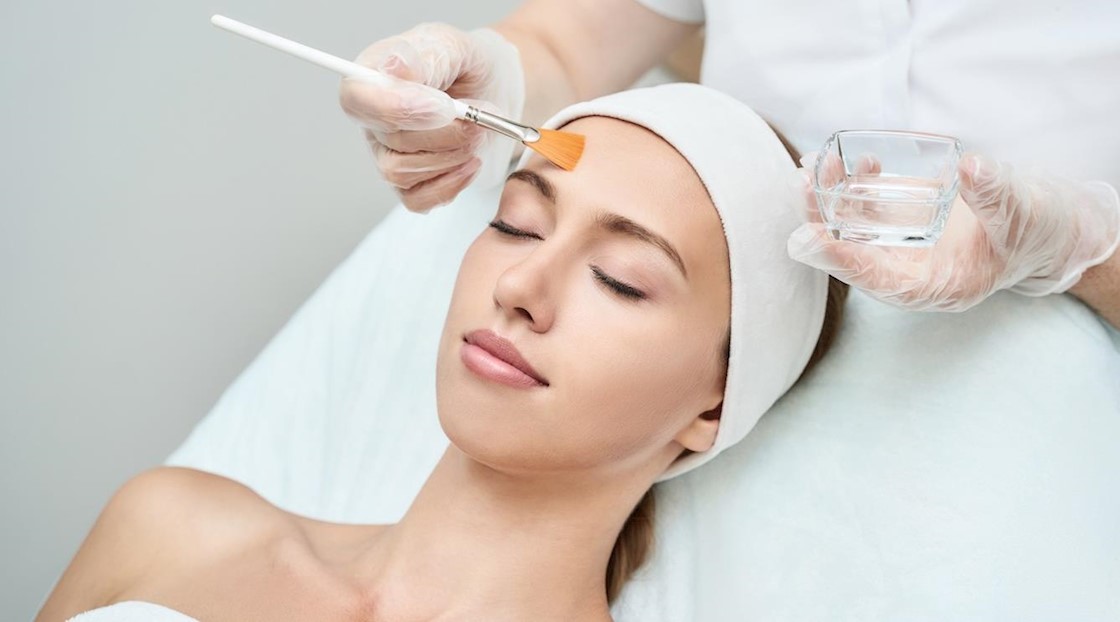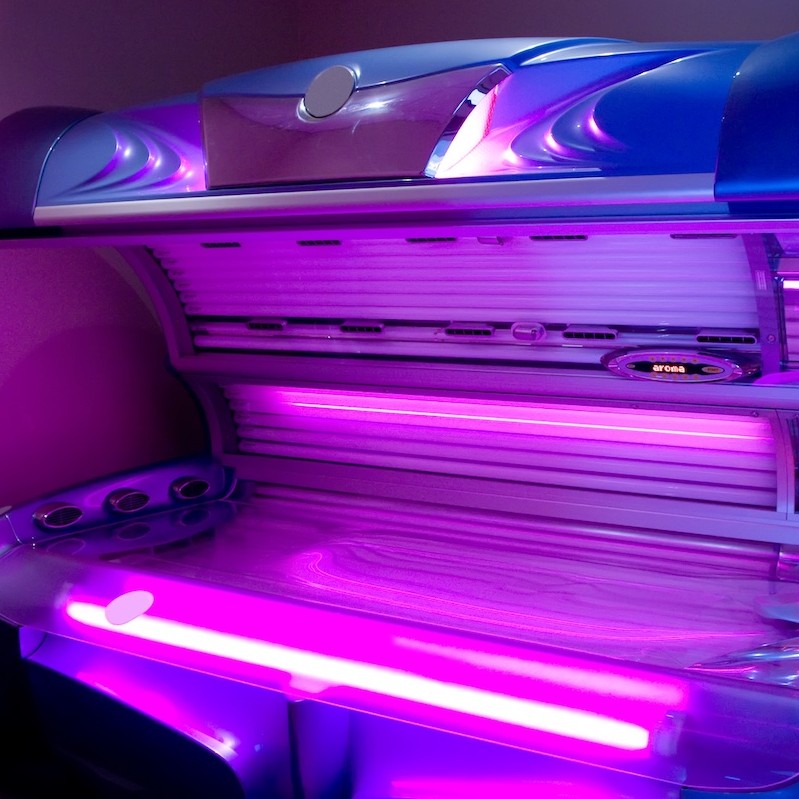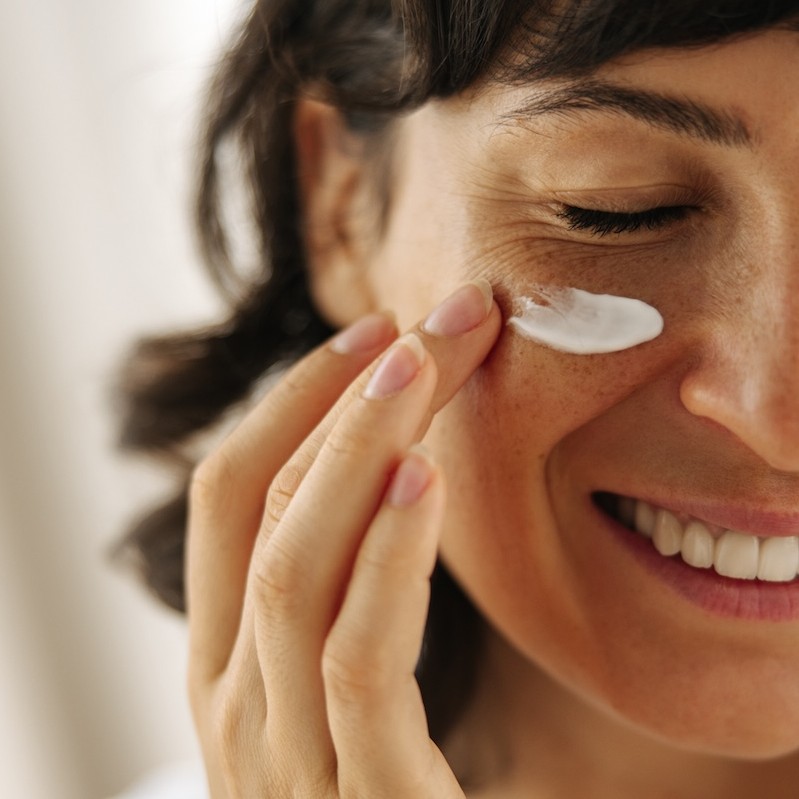Chemical peels are one of the most popular beauty services on the market thanks to their ability to even out skin tone, lighten unwanted pigment and even help with surgical scarring. But, how well do you know the ins and outs of the service?
In this chemical peels how-to guide, we cover the skincare benefits of chemical peels, the differences between superficial, medium-depth and deep peels, contraindications to be aware of, and much more.
How to prepare skin before a chemical peel treatment
“Firstly, connect with your client and complete an in-depth consultation – in person or virtually. A thorough discussion with the client will help assess their current skin condition.
“Generally speaking, healthy skin is less likely to experience adverse reactions to a chemical peel,” says Janine Da Costa, training manager for skincare brand Dermalogica.
“Cracked or dehydrated skin allows chemical peel agents to penetrate further, which can intensify stinging and burning. So, prescribe the proper products to repair barrier function and increase hydration. Having skin in the best possible condition can improve its tolerance to the peel and facilitate recovery.”
Many clients can benefit from preliminary treatments or products that ‘prime’ the skin, “helping to prepare it for the high activity of a chemical peel – particularly if they are new to peels,” explains Da Costa.
“Priming with at-home peels or other exfoliating agents helps to acclimate the skin and ensure that the client receives the best possible results from their peel.
“Any treatment that thins the stratum corneum increases the permeability of the epidermis and the speed of penetration of AHA. Tretinoin, AHA creams/serums and exfoliants are all examples of products that will allow the acids in the peel to penetrate more deeply.
“Be sure that clients observe the rules in relation to exfoliant-free days pre-peel so that the skin tolerates it well. This varies according to the type of exfoliant and product.”
She adds: “I recommend that a client reduces direct UV exposure – both natural and artificial – and applies daily SPF sunscreen in the two weeks leading up to a peel to ensure melanin production is at baseline according to their skin type. This helps reduce the risk of hyperpigmentation developing post-peel.”
Da Costa also states that clear advice and modifications should be presented on everything from retinoid use to scheduling correctly around other cosmetic procedures and treatments.
“Effectively managing skin recovery is key to a great result with chemical peels. This is dependent on what is done before, during and after the peel – it is not just about selecting the right acid,” she says.
“Set up for results by putting the right procedures in place and you will reap the benefits, not only in results but in a loyal client following, too.”
How to get optimum results from chemical peels
“Chemical peels are predominantly used for their exfoliating properties and influence on instigating a mild wound healing response to help with collagen matrix turnover,” says Martine Jarman, aesthetic therapist and founder of SkinGenius Clinic in Warrington.
“Peels are applied to achieve significant results in common skin concerns such as acne breakouts, excessive oil production, photo-ageing, pigmentation and, more recently, effective results for the treatment of reddening and rosacea-prone skin.
“Chemical peels can have substantial effects, comparable to energy-based equipment such as laser or radiofrequency, yet, they are less likely to cause post-inflammatory hyperpigmentation (PIH) when treating skin of colour.”
To achieve the best treatment outcome and manage client expectations, it is necessary to go through a client profiling system at least two weeks before a course of peels. “Client profiling involves a full skin assessment to determine which group of acids and strengths will be most suitable,” explains Jarman. “Sensitivity testing is essential to check for potential adverse reactions to the choice of acid.
“Photographic evidence is necessary to measure results throughout the course. As with any skincare procedure, the client should be committed to an advanced homecare regime using products that contain the same ingredients as those delivered within the peels. Non-compliance with skincare can lead to recovery complications and compromised treatment results.”
She adds: “When you have a range of different protocols rather than one type of peel solution, such as glycolic, you have the opportunity to change the focus of the treatment to target other issues during a course.
Discussing whether to offer chemical peels as a stand-alone treatment, Professor Firas Al-Niaimi, consultant dermatologist and laser expert, explains: “This can depend on the patient’s preference, recovery downtime and cost.
“If a patient is willing to accept a longer downtime, or is able to invest in more expensive treatments, then chemical peels can be combined with other treatments, such as laser. However, chemical peels can work on their own.”

How to choose which type of chemical peel to use on clients
Chemical peels are generally divided into three groups, based on the depth of penetration. “A superficial peel will remove the outer layer of the epidermis, medium-depth peels remove skin cells from the epidermis and the mid-dermis level, and deep peels are more aggressive, penetrating to the reticular dermis,” says Sarah Whitehead, aesthetic nurse and key opinion leader for BioRePeel, which is distributed by Shop Beautiful.
Superficial peels
“Superficial peels are often called lunchtime peels because there’s rarely any downtime,” explains Whitehead.
“They are a great introduction for clients who are new to aesthetics and feel nervous. They’ll experience mild to moderate tingling when the peel is applied and will only get light shedding of the skin.”
She adds: “Superficial peels tend to have alphahydroxy acids like glycolic, lactic, mandelic acid, tartaric acids and betahydroxy acids like salicylic, so it’s usually really safe to get these chemical peels every two-to-four weeks, but because they are so superficial, even with a course of three to six, we’re not going to remove really deep lines or pigmentation.”
Discussing which skin concerns superficial peels could work for, Al-Niaimi explains: “Ingredient like salicylic acid, which is used in this type of peel, will be suitable for targeting oil and acne.
Medium-depth peels
Moving on to medium-depth peels, TCA (tryichloracetic acid) is one of the most common ingredients used, explains Whitehead: “There are different strengths and they can be blended with other acids, dependent on skin type and the results that we’re looking for. TCAs often feel very hot when on the skin; your client might liken it to sunburn.
“We have to neutralise these peels, and when removed the skin looks red and the patient is quite sore, so people often have a few days off work and get complete healing of the skin within about 10 days. Medium and deep peels are not suitable for darker skin types.”
Al-Niaimi adds: “TCA and glycolic acid is more suitable to address pigmentation, brightening of the skin, sun damage, and also fine lines and wrinkles.”
Deep peels
Whitehead advises that deep chemical peels should only be applied by a medical professional as they are much more aggressive.
“Phenol is the most common ingredient and most people who have these need a local anaesthetic. Downtime and redness lasts for up to a month but the effects are fantastic and can last up to 10 years – so it’s often a once-in-a-lifetime type peel.”

How to treat the body with chemical peels
“Peeling on the body uses the same protocol as facial peels. However, only a small area on the body can be treated at one time.
“This means not applying a peel to any area larger than four hand palms – this is equal to the full face, neck, decolletage, upper back or lower back,” explains Daniel Isaacs, director of research at Medik8.
“We also do not recommend layering body peels, as we want to strive for the best results for our clients and not increase the chance of compromising their skin.”
He adds: “For sun-damaged areas like the hands, glycolic, mandelic and pyruvic acid help to trigger collagen production, smoothing and plumping the skin texture. This can be great for the hands, as they are prone to sun damage due to the thinness of the skin.
“For the decolletage, lactic and glycolic acid can help minimise melanin production, fade pigmentation and prevent the formation of further pigmentation. This makes it perfect for areas with age spots or post-inflammatory hyperpigmentation.”
For clients that are extremely prone to blemishes on the back, Isaacs recommends using Medik8’s Calrity peel as “it uses 40% lactic and 10% glycolic acid to help to unblock pores, minimise the formation of blemishes and promote a clearer complexion – perfect for congested and blemish-prone skin types,” he says.
“Sunscreen is exceptionally important post-peel as skin is more susceptible to UV radiation. Therefore, it is also essential for the body to help speed up the effects of peeling, and to allow the client to reach their skin goals quicker.”




